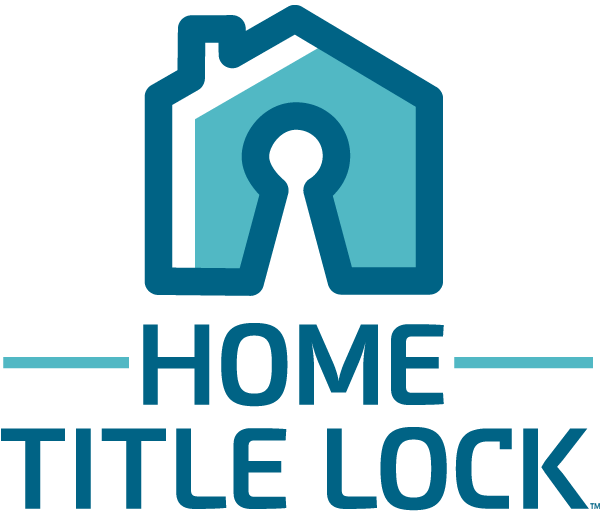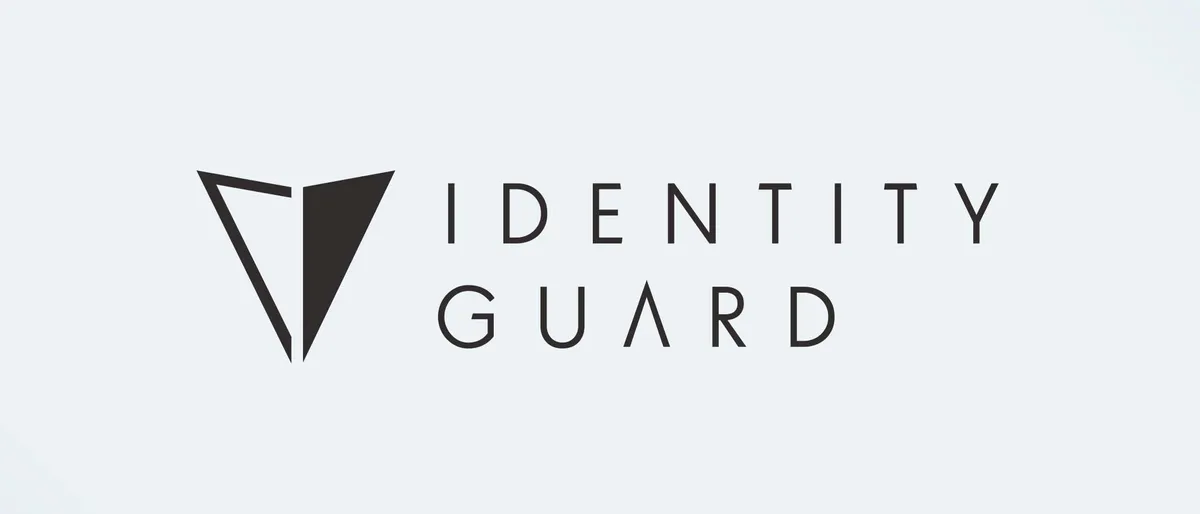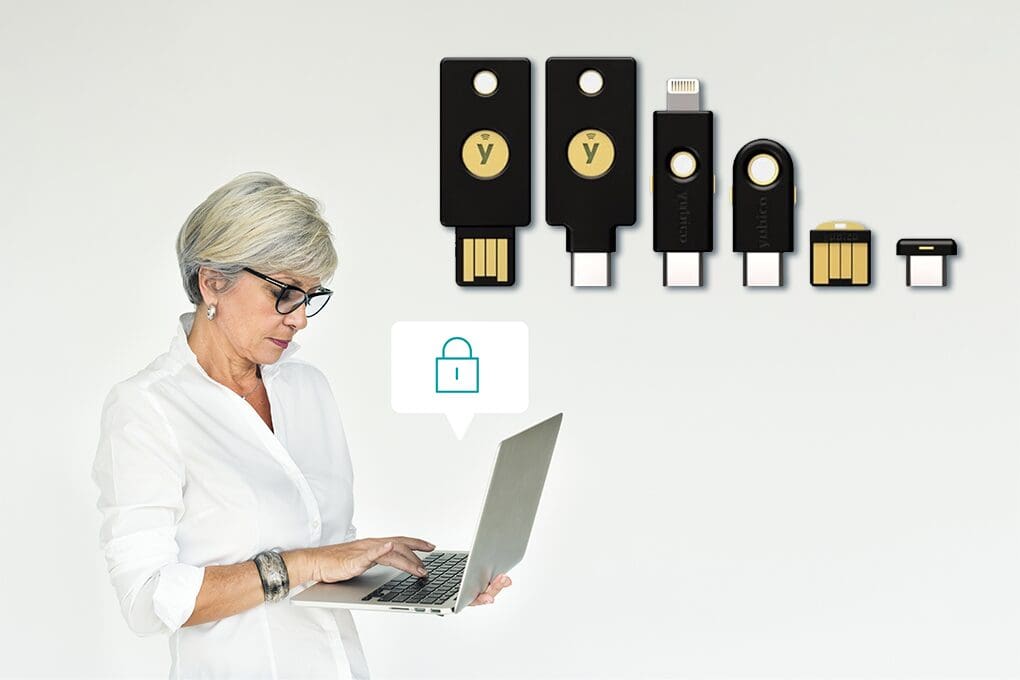Software vulnerabilities are like cracks in your organization’s digital armor – weak points that cybercriminals can exploit to breach your defenses, access sensitive data, or bring your operations to a halt. These security gaps don’t just appear randomly; they often stem from common issues like rushed development cycles, legacy code maintenance, or overlooked security best practices.
For modern organizations, robust application security isn’t optional – it’s essential for protecting valuable data, maintaining customer confidence, and avoiding the devastating financial and reputational damage that security breaches can cause.
This guide explores the world of application vulnerabilities, examining their root causes, impact, and most importantly, how to find and fix them before attackers can exploit them.
Contents
- Key Takeaways
- How Does Identity Theft Happen?
- Types Of Identity Theft
- Best Protection For Title Fraud
- Best Protection For Identity Theft
- Pros And Cons
- Identity Guard
- Pros And Cons
- Best Financial Fraud Protection
- Pros And Cons
- Best Personal Identity Privacy Solution
- Pros And Cons
- How Does Identity Theft Protection Work?
- Do I Need an Identity Theft Protection Service?
- Why Is It Important To Have Identity Theft Protection?
- How to Pick an Identity Theft Monitoring Service
- Fraud Protection Services FAQs
Key Takeaways
- Identity theft can occur through means such as phishing, data breaches, spoofing, and hacked accounts.
- Financial identity theft is when someone uses stolen or forged credit information to make purchases.
- Medical identity theft is when someone uses your information or identity to receive medical care.
- Online identity theft is when someone impersonates your login information or profiles online.
- Identity theft protection will usually alert you to any breaches or suspicious activity.
- Identity protection services are recommended for anyone who regularly uses the internet.
How Does Identity Theft Happen?
Identity theft can take many forms, but there are a few that are more common than others. In this section, we will provide a brief overview of the different kinds of identity theft and how they tend to occur.
Data Breaches
A data breach can come in different varieties, but it usually occurs when a hacker manages to overcome security protocols for a company’s sites or services. This way, they can access the personal information of people who use the company or service, which can be catastrophic.
This could happen to companies such as large banks, insurance companies, and even online video game servers.
Spoofing And Phishing Schemes
Spoofing and phishing are two different practices, but they often go hand in hand, so we put them together here. First, we have spoofing. Spoofing may sound like something fun, but it is anything but fun.
It basically refers to falsifying information to build trust. This could come in the form of someone disguising the country they’re in, or they could make themselves appear to be someone legitimate. For example, someone may make their profile look like that of a famous person like Bill Gates. However, their handle may replace the i in ‘Bill’ with a 1, so that you may not notice that it’s not the real person.
Phishing, on the other hand, refers to someone tricking you into giving out personal information. This could be by pretending to be a trusted company, a financial institution, or a government agency and saying they need your login information.
You can probably see how these two would go well together, as someone could use spoofing to gain your trust and then do a phishing scheme.
Hacked Accounts
A common way to have your identity stolen is to have your accounts hacked. Hackers may use special programs and algorithms to bypass the security features of an app, program or service. This way, they can access your account and do as they please, which can have disastrous consequences.
Compromised Devices
We all use many electronic devices in our daily lives, and they all have security features and programs that can be used for safety. However, if these security features are breached, that device becomes compromised. That means that anything you do on it could be seen by scammers and hackers without you even knowing.
Types Of Identity Theft
Identity theft is almost always done to benefit the scammer or thief perpetrating it, and this is usually financial in nature. Next up, we will be looking at three of the main types of identity theft that are most common.
Financial Identity Theft
As we mentioned, money is almost always the contributing factor behind identity theft. Scammers will always be trying to get some money from their victims, and it’s more in the way they do it that it differs.
As we will soon see, there are also other motives for identity theft, but it’s more often than not financially motivated.
Medical Identity Theft
Sometimes, identity theft can be used to receive free medical care. The perpetrator will forge or fraudulently use someone’s medical information or medical aid schemes to receive medical care and supplies at the victim’s expense.
This is one example of an identity theft crime that isn’t strictly money-related.
Online Identity Theft
Much of our modern-day dealings and activities happen online, so it’s a ripe opportunity for scammers. Online identity theft can refer to someone hacking, stealing, or guessing someone’s online login information and other details.
They can then use that to scam others by impersonating the person or simply accessing their assets.
Best Protection For Title Fraud
Title fraud is a relatively rare but devastating type of identity theft. Basically, a thief can claim ownership over a home or a property by forging certain documents. It’s a challenge for them to be successful, but it does happen more often than you think.
It’s certainly something that you want to avoid, and that’s where Home Title Lock.

Pros And Cons
Advantages
The company will provide constant, 24/7 monitoring of your property deeds and look for irregularities. The most basic tier includes 24/7 monitoring of your title and title resolution team support.
The higher tiers will include those as well as lock-in savings and free custom analysis of your title. With any of these tiers, you will be able to immediately know if any fraud is attempted and deal with it.
Disadvantages
This service would not really be necessary for people who don’t own property. The services are also ones you can do yourself if you’re vigilant of your documents and deeds, so it’s intended more for people who don’t have the time or inclination to keep such a close eye on them.
Pricing
You have three tiers available to you when you sign up. We briefly covered what each one offers, but the pricing is as follows:.
You have a monthly plan at $19.95, and this is the lowest tier. The middle tier is a 12-month plan at $199 a year.
Finally, the final tier is a 4-year plan at $796.
Best Protection For Identity Theft
For more basic identity theft protection, Identity Force
Pros And Cons
Advantages
There are many forms of identity fraud monitoring offered with this service. Even the lowest tier of UltraSecure offers services like social media monitoring, dark web monitoring, and up to $1 million in identity theft insurance.
The more comprehensive UltraSecure+Credit tier includes those features as well as credit monitoring and credit score tracking.
Disadvantages
There aren’t many disadvantages to this service, as the monitoring is comprehensive and the pricing is fair considering everything offered.
Pricing
The pricing is segmented for this service. As mentioned before, you have UltraSecure and UltraSecure+Credit.
Both of these are separated into individual and family plans, and they further offer options for monthly and yearly pricing.
UltraSecure UltraSecure+ Credit
Individual Monthly $19.95/mo $29.95/mo
Individual Annual $199.50/ye $299.50/ye
Family Monthly $24.90/mo $35.99/mo
Family Annual $249/ye $359.95/ye
Identity Guard
Next up, we have Identity Guard
Pros And Cons
Advantages
With Identity Guard, there are three tiers available. Each of these includes up to $1 million in identity theft insurance. These tiers include the Value tier which includes services catering to basic identity theft protection and monitoring along with services such as a password manager.
The next tier is Total, which includes all of the previous benefits along with credit monitoring.
Finally, the highest tier is the Ultra tier which includes many more benefits in addition to all the previous ones. This also includes home title monitoring, which we looked at earlier.
For a more comprehensive look at all benefits, we encourage you to check out the sign up page.
Disadvantages
This is one of the most comprehensive services in this niche, but the lower tiers, while still good, aren’t quite as comprehensive. You definitely want to sign up for the highest tier if you have many facets you want to watch over.
Pricing
Once again, we have both an individual and family tier available for each option. It should be noted that the pricing does go up a bit after the first year.
The pricing is as follows:
Value Total Ultra
Individual $5.39/mo $11.99/mo $17.99
Family $8.99/mo $17.99/mo $23.99/mo
Best Financial Fraud Protection
Financial fraud is a huge part of identity theft, and the service Aura
Pros And Cons
Advantages
Across all three of its tiers, Aura offers premium identity theft monitoring. They also have options for general internet security, keeping passwords and information safe. Additionally, there are features to protect kids from the dangers that can pop up when playing games and using the internet.
This makes it an excellent all-round service for financial and general internet identity theft protection.
As with some of the other services, there is a minimum of $1 million in identity theft insurance, and this goes as high as $5 million on the higher tiers.
Disadvantages
Once again, there are not many disadvantages here, as it is an excellent service with decent pricing as well.
Pricing
When it comes to pricing, you have three options. Once again, we highly encourage you to check out the product page for more detailed information on the benefits of each tier.
The most basic tier is the individual tier at $12 per month.
Next up is the couple tier at $22 per month.
Finally, you have the family plan at $37 per month.
Best Personal Identity Privacy Solution
If you’re worried about data brokers using and selling your information, then DeleteMe
Pros And Cons
Advantages
The service will scan every three months for your information, meaning that you will never have to worry about your information being used by data brokers. This is a rising concern when using the internet, so having a service like this is becoming more and more pertinent.
Disadvantages
While a great service, we do wish there were a few more features available, as it is catering to a very specific problem.
Pricing
The pricing for the service gives you a few options depending on how many people you want to be covered for how long. You can check out the pricing in more detail here.
The pricing for 1 person for 1 year is $10.75 per month.
1 year for 2 people comes in at $19.08 per month.
Finally, you have the option for 2 years for 2 people, which is $14.54/month.
How Does Identity Theft Protection Work?
Identity theft protection can vary from service to service. Primarily, the service will monitor for suspicious activity and then alert you to the fraud. Often, there will also be services for dealing with the aftermath of identity theft, which can include insurance packages.
Do I Need an Identity Theft Protection Service?
This will depend on you as an individual. However, identity theft is becoming so prevalent online that we would recommend some kind of identity theft protection for anyone who has a lot of important information online or that have assets they want to protect.
Why Is It Important To Have Identity Theft Protection?
Identity theft in its many forms can be devastating. If it happens and you have no protection, not only will you possibly not know about it until it’s too late, but you will have fewer resources to deal with the effects.
Having identity theft protection not only alerts you to the fraud happening but also gives you resources to fight back.
How to Pick an Identity Theft Monitoring Service
When it comes to identity theft services, many will often cater to a specific niche. For example, some may focus on home title monitoring while others will focus on online security.
You should definitely look at all of the options and determine which are the most pertinent to your situation. Some will also be more of an all in one option that can cover most of your needs instead of a smaller niche.
Fraud Protection Services FAQs
What are the most common signs of identity theft?
Identity theft can show itself in many ways. You may see transactions you didn’t authorize or login attempts that weren’t from you. That’s why monitoring is so important, as it can often come down to being vigilant and spotting anything fishy.
Do identity theft companies help me monitor my credit score?
Some companies will monitor your credit score, but this feature is often locked behind a higher tier.
What steps can I take to protect my identity online?
One of the best ways to protect your identity is by using services like the ones we have looked at in this overview. Other than that, general vigilance is recommended, and you should also try to familiarize yourself with common identity theft schemes.
What should I do if my identity is stolen?
If your identity is stolen, you should contact any relevant services, authorities, and identity theft monitoring services you use.






